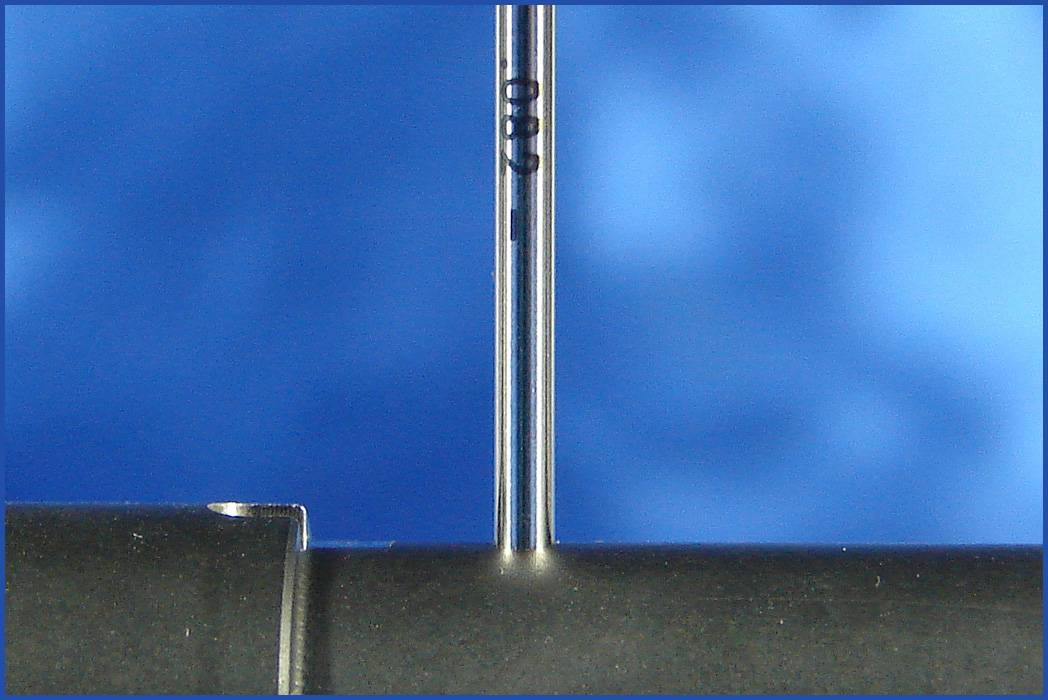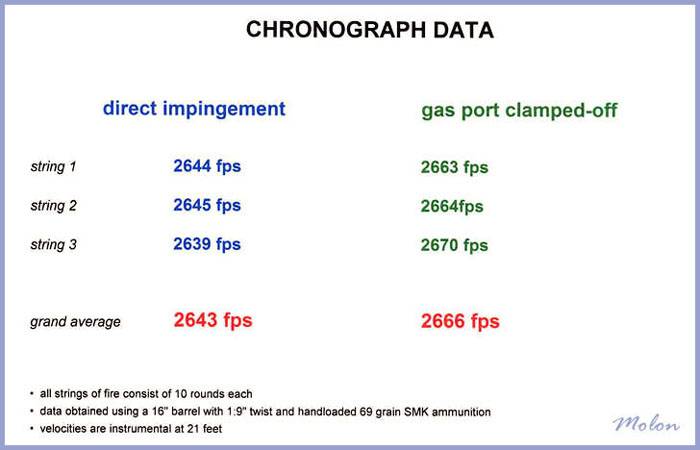You don't need an H2 buffer with rifle gas & an AGB................just more mass to move.I bought a buffer assembly with H2 buffer since I’ll be running suppressed. Plan is to test and adjust gas block to where mild loads just hold the bolt open on empty mag without a can on. Hopefully runs both suppressed and Unsuppressed and not too violent with the can on. I’ll be using an omega. The 30 cal bore should help with back pressure a little bit
A carbine buffer will give less mass & (somewhat) less felt recoil if that's what you desire.
MM



